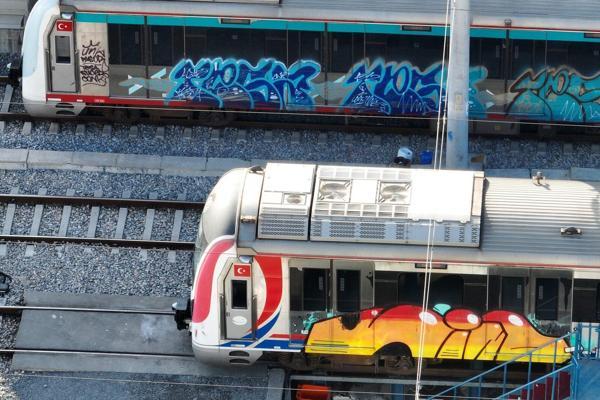Graffiti art adorns Istanbul’s old trains
ISTANBUL


Graffiti artists, relatively few in number in the country, have expressed that by painting walls and trains with the necessary permissions from authorities, they strive to bring color to the monotonous gray of Istanbul’s city life.
While painting on operational trains is strictly forbidden in Türkiye, some municipalities grant limited permissions for artists to embellish a select number of trains or disused carriages that now serve as decorative relics.
“When I first started, the allure of the illicit aspect drew us in. Today, graffiti is recognized as a form of modern art. Many individuals who have received formal academic training are now engaged in graffiti, and it has become one of the mainstream art forms,” said Ulaş Çelik, the founder of Türkiye’s first graffiti agency.
“Creating graffiti on trains has been intrinsic to the art form since its inception. Back when the internet was less pervasive, we couldn’t upload our work online, so we turned to trains — primarily freight trains.”
In some countries, it is legal to graffiti trains as long as the windows remain untouched, a method Çelik believes to be appropriate.
After the renovation of Haydarpaşa Station, decommissioned trains were made available for graffiti artists, and the project garnered widespread public approval, Çelik said.
These graffiti-covered trains were even used in fashion shoots and films.
“As long as passengers’ visibility isn't compromised, such artwork can significantly enhance the city's aesthetic,” Çelik said. "I believe it’s possible to transform this [graffiti on trains] into a benefit for the public good.”
While some view graffiti artists who leave their mark on walls, trains, and any available surface as mere vandals, others see them as creators of urban art, Çelik stated.
